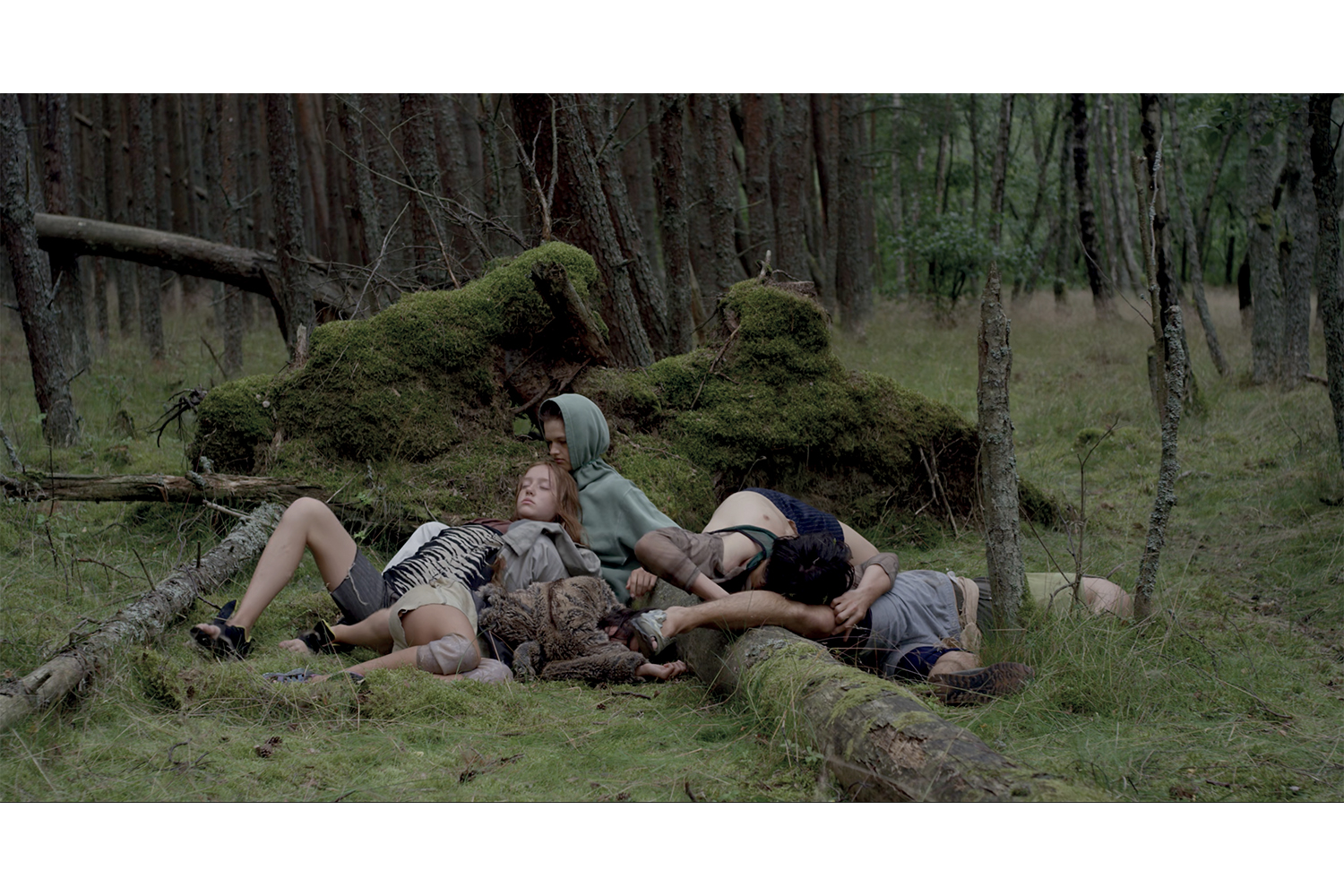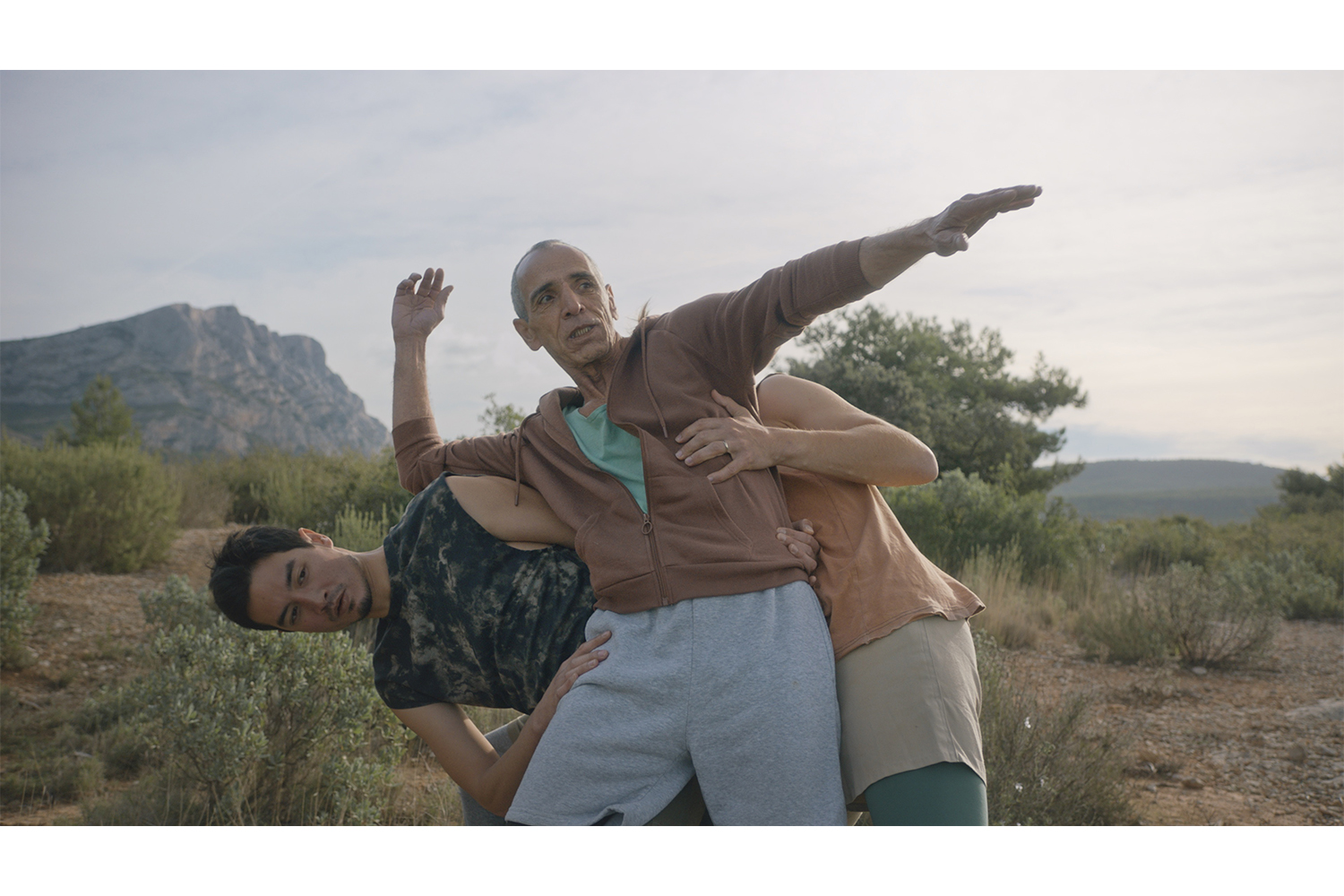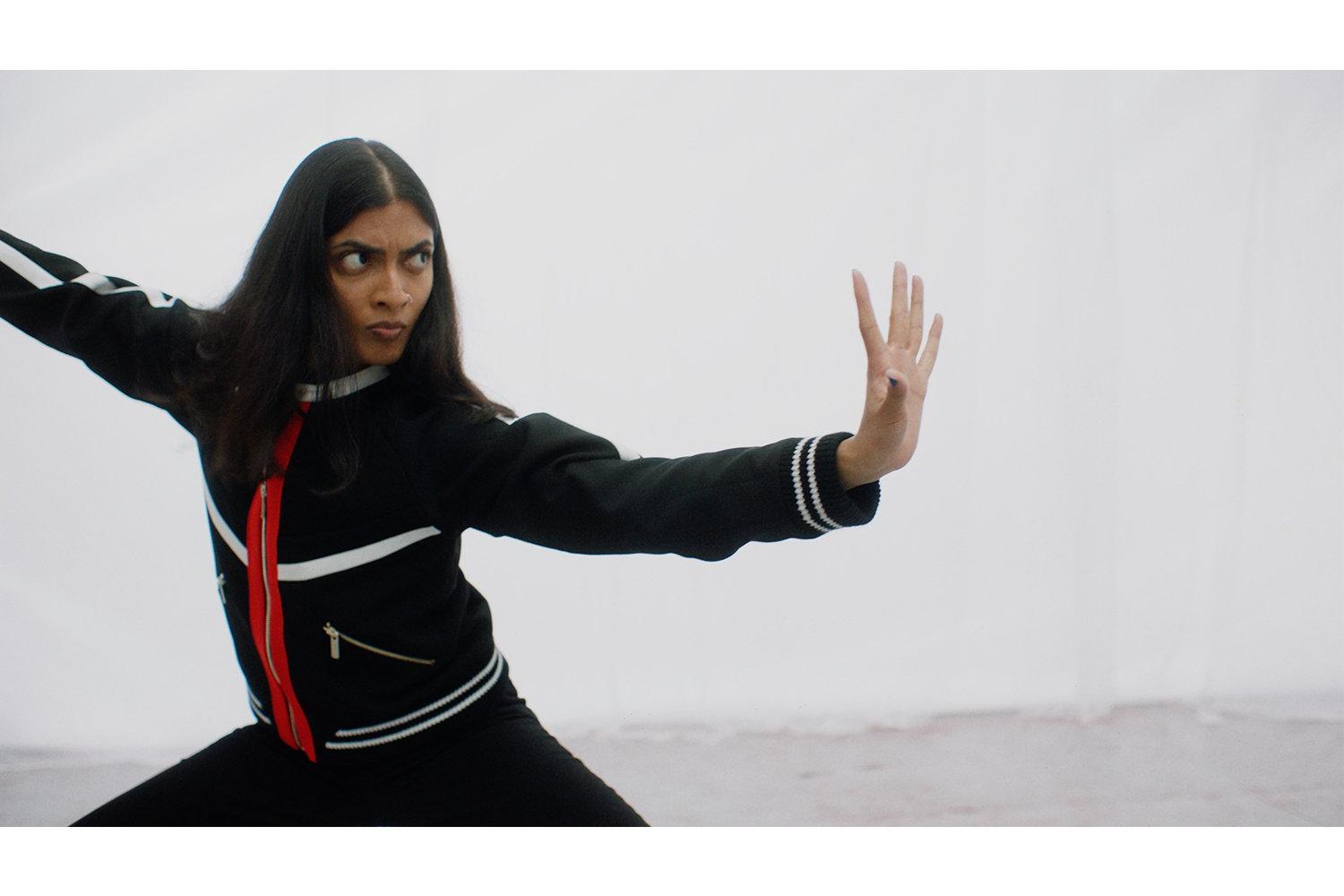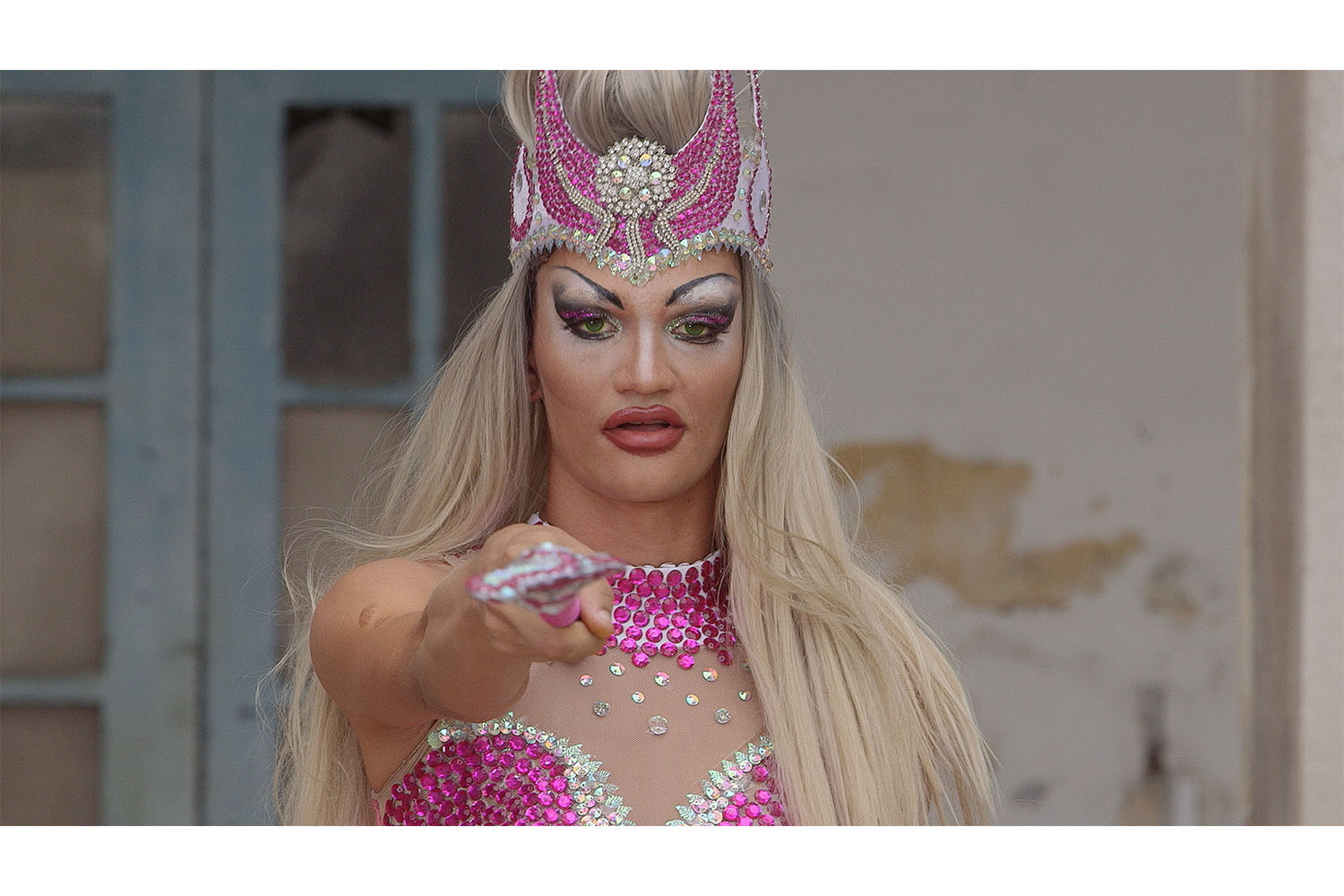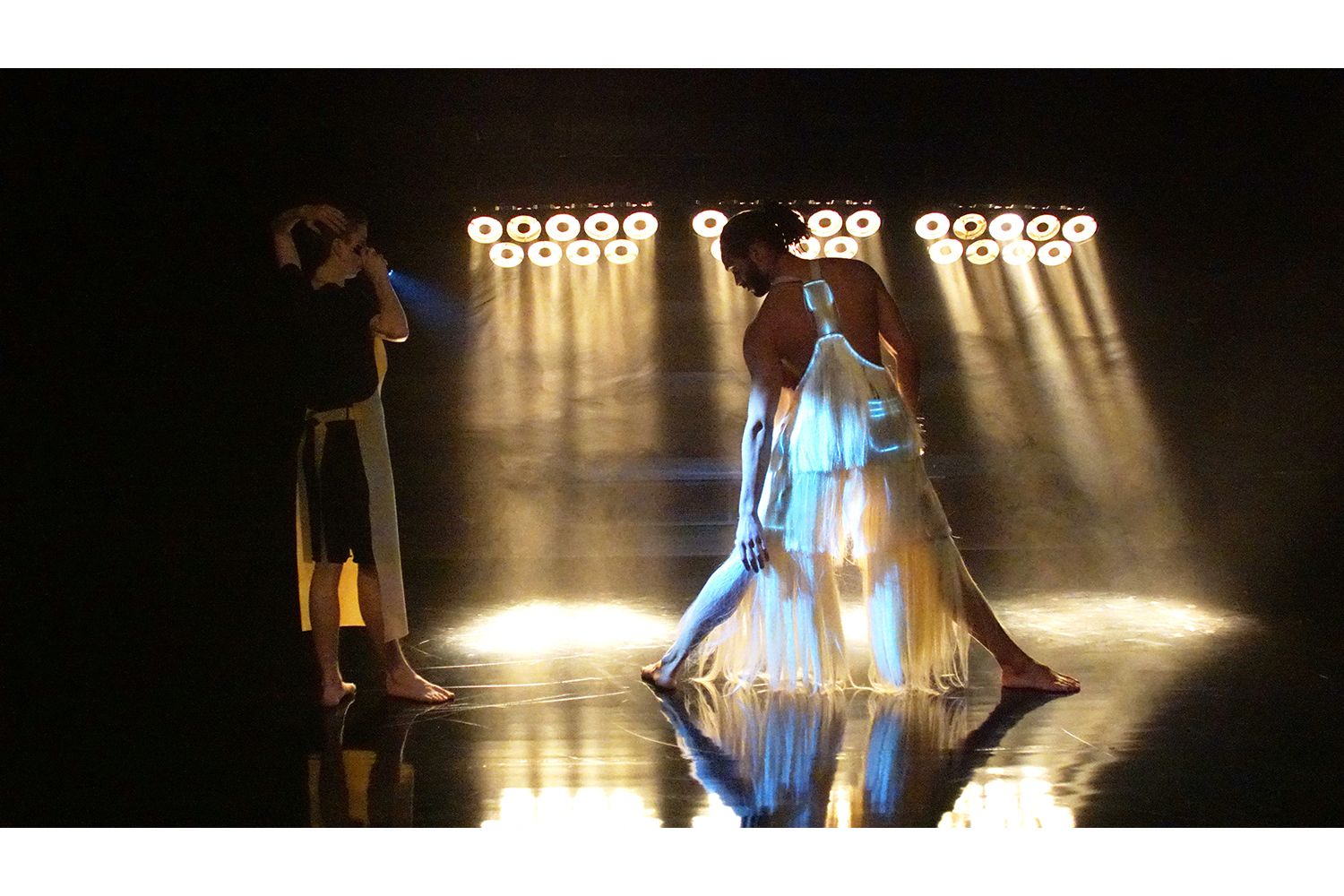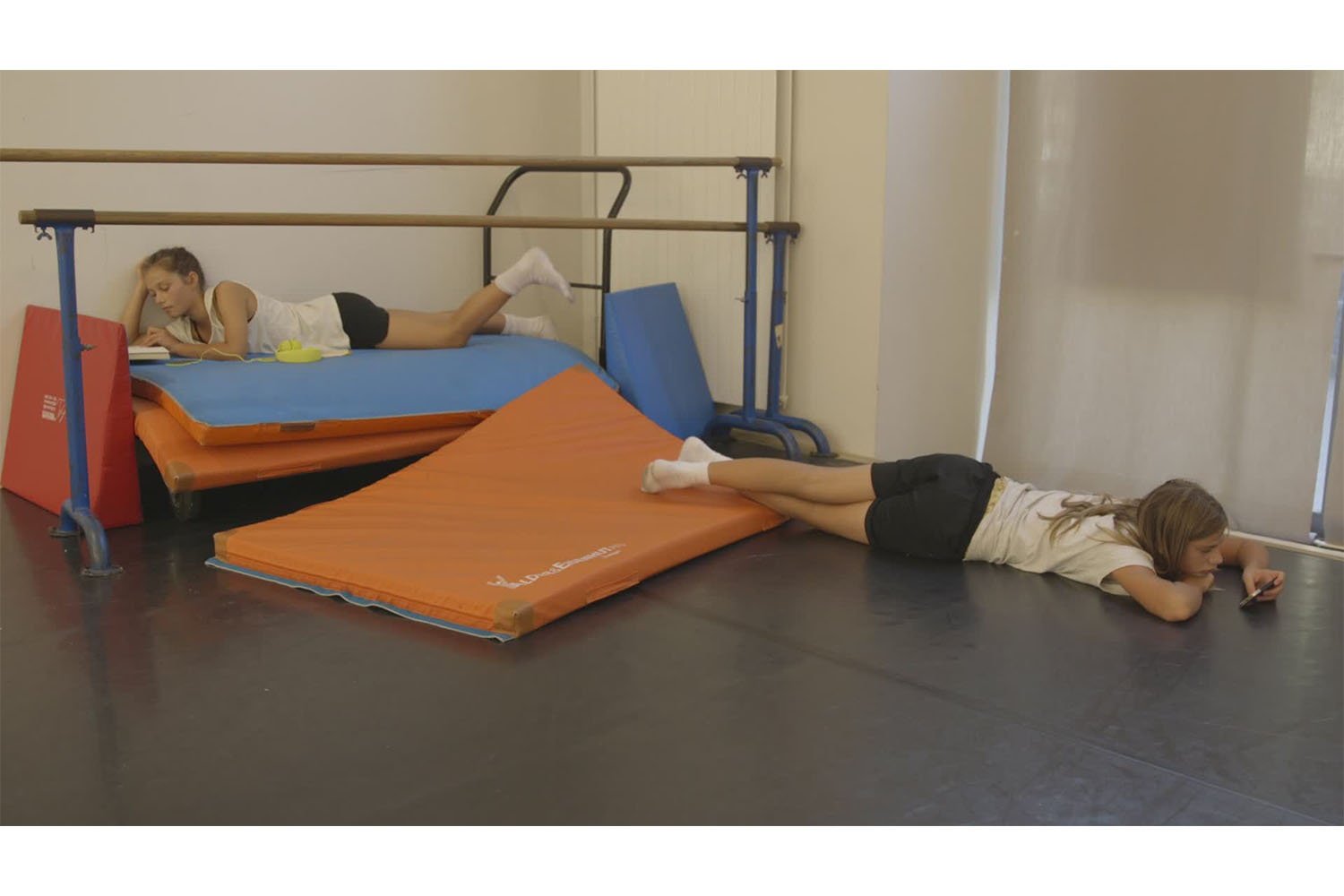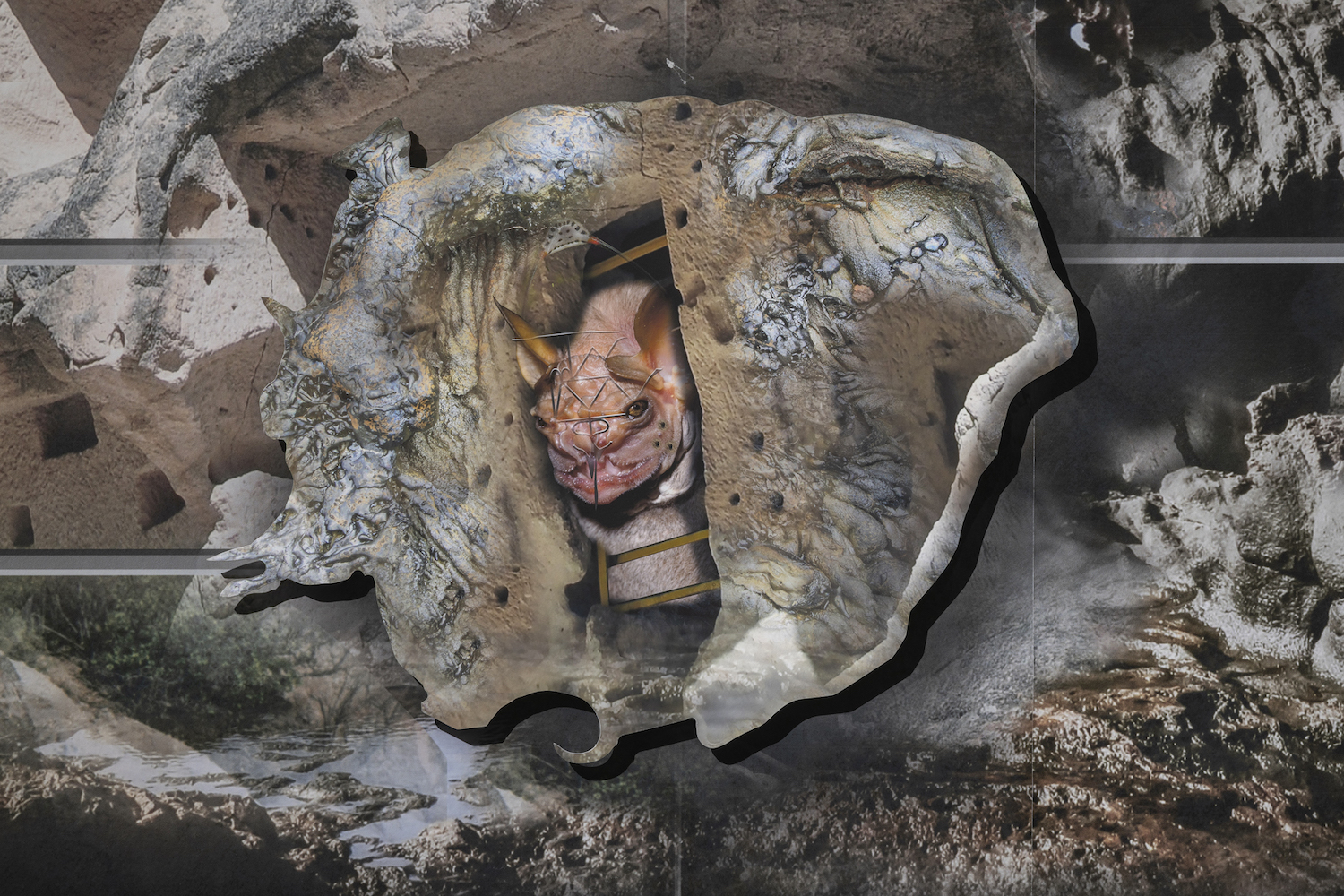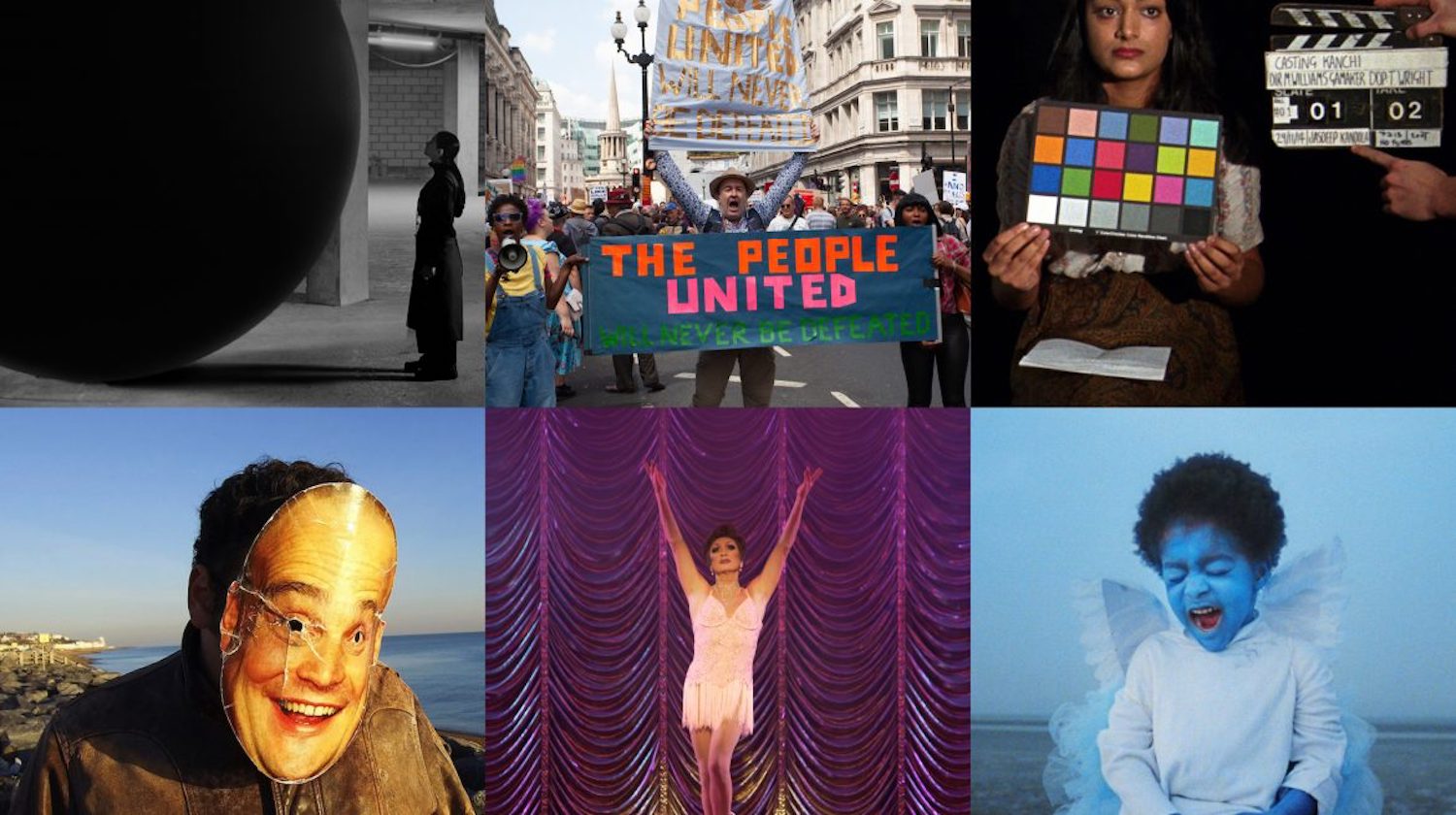“Moving Bodies, Moving Images” brings together a selection of short films made in the last decade by contemporary artists that explores the intersection of dance, choreography and moving image. The participating artists are: Alexandra Bachzetsis, Pauline Boudry / Renate Lorenz, Eglė Budvytytė, Eric Minh Cuong Castaing, Alia Farid, Hetain Patel, Bárbara Wagner and Benjamin de Burca and Alberta Whittle. Presented across a range of projections and screens dispersed throughout the galleries, these moving image works focus on performing bodies and unfold as both individual works but also as collective storytelling, exploring timely topics, ranging from gender politics and desire to bodily memory, resistance, personal healing and collective identities.
In contrast to the stripped back documentary approach of the preceding decades, often focusing on a solo dance for a camera, the works included in “Moving Bodies, Moving Images” are more filmic, with the performance taking place in a theatrical or cinematic setting. The first section of the exhibition brings together works that focus on the body, how it performs in man-made environments, such as the street or the club, and other spaces shaped by vernacular cultures. An Ideal for Living (2018) by Alexandra Bachzetsis focuses on the seemingly indifferent behaviour of a pair of androgynous adolescents in a gymnasium and explores whether gestures can be invented or whether they are based on a pregiven reportoire of movements.
Premiering a new work, Les Gayrillères (2022), the collaborative artist duo Pauline Boudry/Renate Lorenz explores the political force of performance in the dark spaces of the night club, the cruising zone or underground meeting place. The costumes of the dancers are the only source of light, illuminating their movement and highlighting the right to control one’s own degree of visibility.
Hétain Patel was drawn to comic books, superhero fantasies and other forms of popular culture as a young person, fantasising about having agency and power to escape racial abuse. Patel’s film Trinity (2021) explores language and physical communication and combines Kathak dance and martial arts, culminating in a fight scene in which a seemingly universal language mixing sign language, Tai Chi and other martial-arts brings about reconciliation. In Faz que vai [Set to go] (2015), Bárbara Wagner and Benjamin de Burca, who typically collaborate with non-actors for their projects, explore frevo, a dance and musical style originating from Recife, Brazil as part of the Carnival. Wagner and de Burca subvert the social norms of frevo through the gender fluidity of four dancers who bring together elements from capoeira, drag and voguing.
The second half of the exhibition explores the relationship between the human body and the landscape. On display is Songs from the Compost: mutating bodies, imploding stars (2020) by Eglé Budvytyté which is currently on view in Milk of Dreams at the 59th International Art Exhibition – La Biennale di Venezia. Filmed in the lichen forest and sand dunes of the Curonian Spit in Lithuania, the film depicts bodies moving among each other in proximity, and draws on biological theory and science fiction, considering the necessity of intertwined networks between human and non-human beings for nurturing relationships between species.
Alia Farid’s work At the time of the Ebb (2019) foregrounds a number of local residents on the Iranian island of Qeshm during the celebration of Nowruz Sayadeen (Fisherman’s New Year). Their performances draw attention to local customs and traditions, material surroundings and the natural environment of an island located at the mouth of the Persian gulf, a strategic passage for the global trade in oil, yet seemingly cast out of time. Eric Minh Cuong Castaing combines dance, imagery, sounds and objects to explore the experience of fragility, loss of mobility and the importance of gestures to connect and communicate with others. At Whitechapel Gallery, two films from Form(s) of Life (2021), a project involving palliative care patients with degenerative illness, feature a dancer and a boxer who work with performers to regain some of their former movement. Filmed outdoors, the protagonists use the landscape as a setting in which to recreate slow and intentional movements.
In 2020, Alberta Whittle made works in response to the pandemic, lockdown and the Black Lives Matter movement. Filmed in Scotland, South Africa and Barbados, RESET (2020) is a polyphonic journey, which collages together the voices of writers, performers, and musicians. One of the central figures, choreographer and performer Mele Broomes is pictured draped in a costume of seagrass and shells as she dances in a sparse domestic interior and through the landscaped grounds of a British stately home, reclaiming space usually associated with whiteness and privilege. Whittle connects fears of contagion, moral dilemma and xenophobia and urges the audience to become active rather than passive spectators by calling for healing, rest and community at a time of inequality.
Also on display are materials related to the making of the films, including production stills, research, reference texts and scores.

